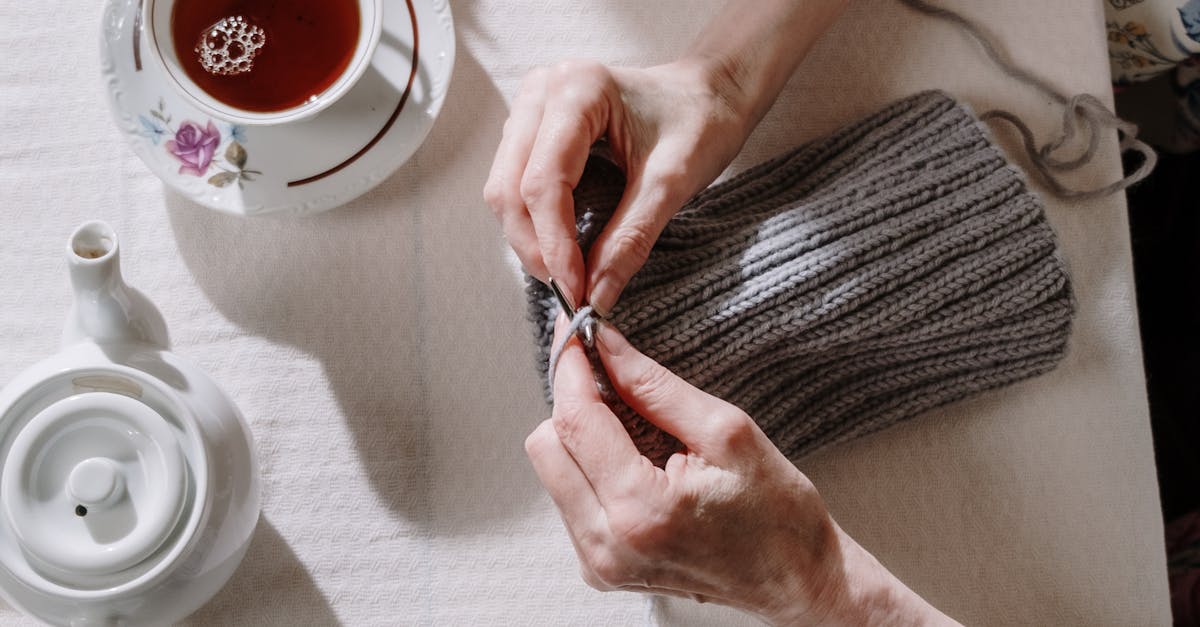Knitting is not just a craft; it is a therapeutic practice that nurtures the mind and soul. As you delve deeper into the world of knitting, you’ll encounter a myriad of stitch abbreviations that can seem daunting at first. However, understanding and mastering these abbreviations is essential in unlocking a world of creative possibilities. In this article, we will explore 10 fantastic standards for decoding and utilizing stitch abbreviations, with a focus on self-care, double knitting, lace techniques, and creative exploration.
1. **Self-care and Mindfulness**:
Knitting is a meditative practice that promotes relaxation and mindfulness. Take the time to appreciate each stitch abbreviation as you work through your project, allowing yourself to be fully present in the moment.
2. **Know Your Basics**:
Before diving into advanced stitch techniques, ensure you have a solid understanding of basic stitch abbreviations such as k (knit), p (purl), yo (yarn over), and k2tog (knit two together). These building blocks will serve as the foundation for more intricate patterns.
3. **Double Knitting Magic**:
Double knitting allows you to create reversible fabrics with contrasting colors on each side. Explore stitch abbreviations like sl1 (slip one), k2tog (knit two together), and ssk (slip, slip, knit) to master the art of double knitting.
4. **Embrace the Lace**:
Lace knitting adds elegance and delicacy to your projects. Familiarize yourself with stitch abbreviations such as skp (slip, knit, pass slipped stitch over), kfb (knit front and back), and k2togtbl (knit two together through back loops) to create intricate lace patterns.
5. **Practice Makes Perfect**:
Don’t be afraid to make mistakes as you learn new stitch abbreviations. Knitting is a journey of continuous learning and improvement, so embrace the process and allow yourself to grow with each project.
6. **Stay Organized**:
Keep a knitting journal or digital notebook to record new stitch abbreviations, patterns, and project ideas. Staying organized will help you stay on track and easily reference important information when needed.
7. **Seek Inspiration**:
Explore knitting blogs, social media accounts, and books for inspiration and new ideas. Surrounding yourself with creative content will fuel your passion for knitting and spark new creative possibilities.
8. **Join a Knitting Community**:
Engage with fellow knitters online or in local knitting groups to exchange ideas, tips, and motivation. Being part of a supportive community can enhance your knitting experience and provide a space for sharing your passion.
9. **Experiment with Color**:
Play with different yarn colors and textures to add depth and dimension to your projects. Experimenting with color can breathe new life into traditional stitch abbreviations and elevate your knitting creations.
10. **Celebrate Your Achievements**:
Whether you’ve mastered a complex lace pattern or successfully completed your first double knit project, take pride in your achievements and celebrate the progress you’ve made in your knitting journey. Remember to practice self-care along the way and enjoy the therapeutic benefits of this beloved craft.
In conclusion, mastering knitting stitch abbreviations opens up a world of creative possibilities and allows you to explore new techniques such as double knitting and lace knitting. By incorporating self-care practices, staying organized, seeking inspiration, and celebrating your achievements, you can elevate your knitting experience and create beautiful, meaningful projects that reflect your unique style and creativity. Dive into the world of stitch abbreviations with curiosity and enthusiasm, and watch as your knitting skills flourish and evolve with each stitch. Happy knitting!


